“Everything is sculpture. Any material, any idea without hindrance born into space, I consider sculpture.”
It’s not the stone sculptures which bring me back to The Isamu Noguchi Garden Museum. It’s the design of the space as a whole and the personal relationships who brought this space —and artist— to life. My journey to discover a little more about Isamu Noguchi’s home in Japan and how it helped him become the renowned artist we all know.
We must all be familiar with Isamu Noguchi, whether through his sculptures, paper lanterns, furniture designs, parks & gardens. But I suspect most of you —myself included— are not so familiar with his life in Japan?
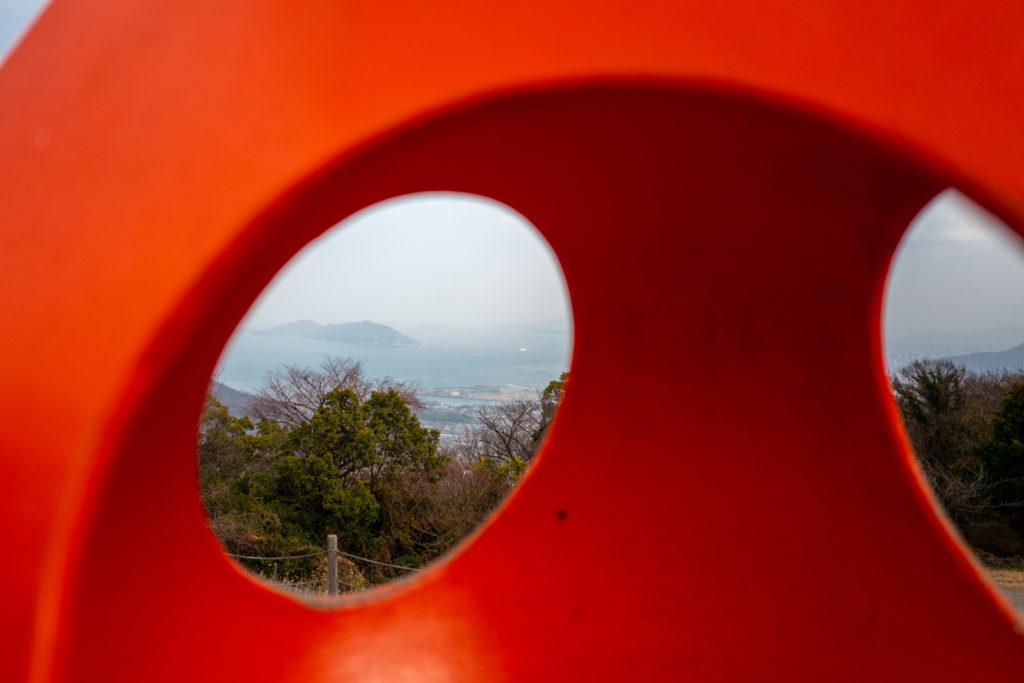
Reading about his adventures, love affairs, friendships and the chaos in-between, I was surprised by the vast interconnected community of artists, designers and patrons who made it possible for this son of a Japanese poet and American writer to become the singular Isamu Noguchi we know today.
I was fascinated to learn about his many relationships from all over the world, some fleeting, others lasting a lifetime. You may be surprised to hear —I know I was— of his romantic fling with Mexican painter Frida Kahlo. The story goes, leaving behind only a sock to incriminate himself, he barely escaped Frida’s bedroom before her husband burst in with a gun! I was also surprised to learn that he was lifelong friends with the architect Buckminster Fuller. Fuller’s Dymaxion map is on every cover of Papersky magazine — take a look. He also designed the Dymaxion Car, in which he, Noguchi and friends took road-trips throughout Connecticut, USA.
The list goes on, architect; Frank Lloyd Wright, musician; John Cage, choreographer; Martha Graham and fashion designer; Issey Miyake to name a few. However, as I focused closer to home, there are two names intrinsic to Noguchi’s life here in Japan.
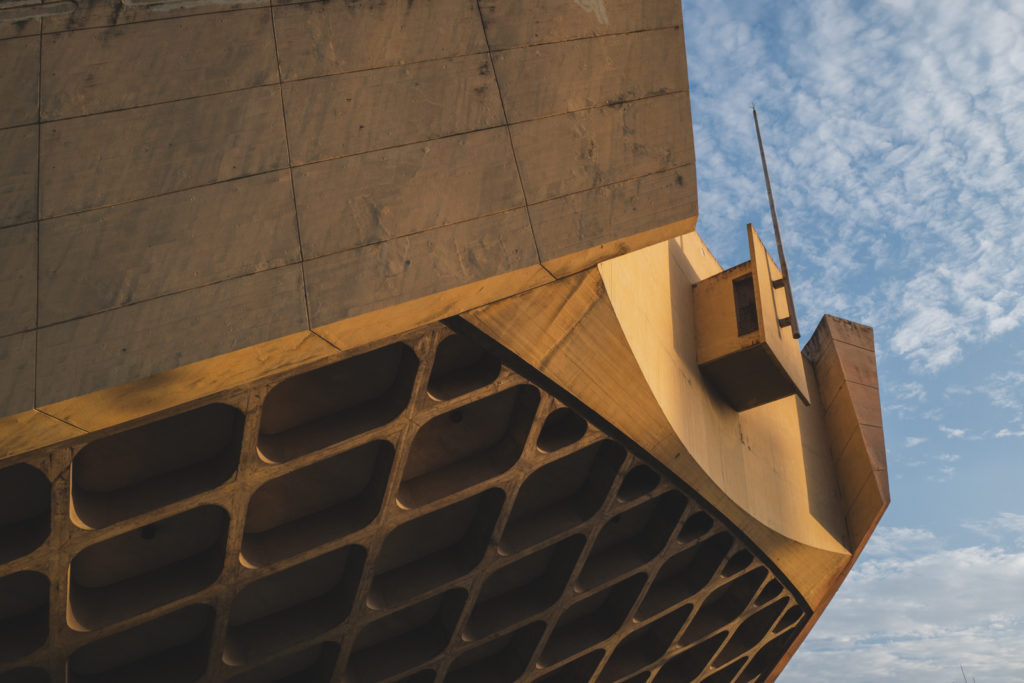
To tell this story we must travel to Takamatsu on the island of Shikoku. Visiting The Isamu Noguchi Garden Museum and a few of his sculptures situated throughout the landscape of Kagawa. If you’ve ever traveled to Takamatsu —perhaps on the way to the art island of Naoshima— you, like myself, may have been surprised by the number of modernist architecture to be found. Buildings like the Kagawa Prefectural Office (remastered) and Kagawa Prefectural Gymnasium (closed) by the architect Kenzo Tange or the Hyakujushi Bank Head Office by Nikken Sekkei Ltd. Yet it wasn’t one of these monumental buildings which was my first port of call.
Stopping at the unassuming Tsuda-no-matsubara highway service area on the outskirts of Takamatsu. I’d heard there was a Noguchi sculpture on the westbound side, and sure enough there it was. A bright red Octetra Play Sculpture in a small park beside the parking area. What a strange place for a sculpture I thought? Somewhat neglected and completely overlooked by the visitors busily on their way to somewhere else. With an appointment at the Garden Museum to make, I too had no time to linger. After taking a few photographs of this more —Buckminster inspired?— design than sculpture, I was on my way.
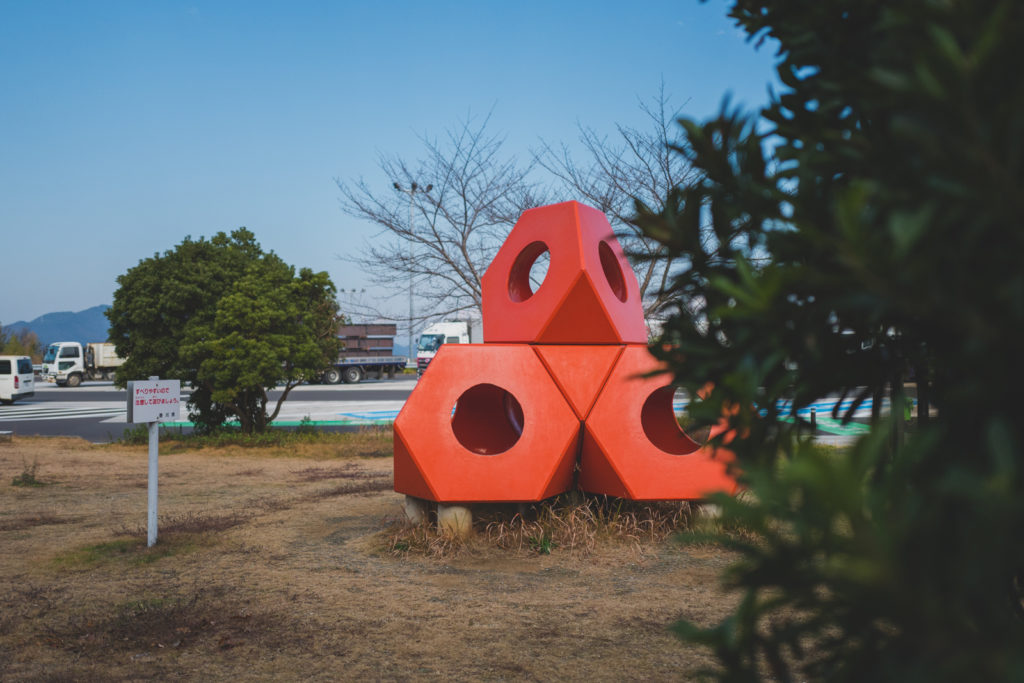
In the late 60’s while searching for talented stonecutters in Shikoku, Noguchi met Tadashi Yamamoto and Masatoshi Izumi. It was the civil servant Yamamoto who introduced Noguchi to Izumi, the son of the family run Izumiya (Izumi Stone Company). Unsure of young Izumi’s skill, Noguchi put him to the test asking him to carve a series of sculptures from scale models. Returning a year later and undoubtedly pleased with Izumi’s skill, they started work together on one of Noguchi’s well known sculptures: Black Sun.
This was the start of a lifelong reciprocal friendship, from that moment and long after Noguchi’s death, Izumi and his family supported Noguchi’s creativity, supplying him with stone, a workshop, galleries and a place to live whenever he was in Japan. In fact the whole Garden Museum is within the grounds of the Izumi family land.
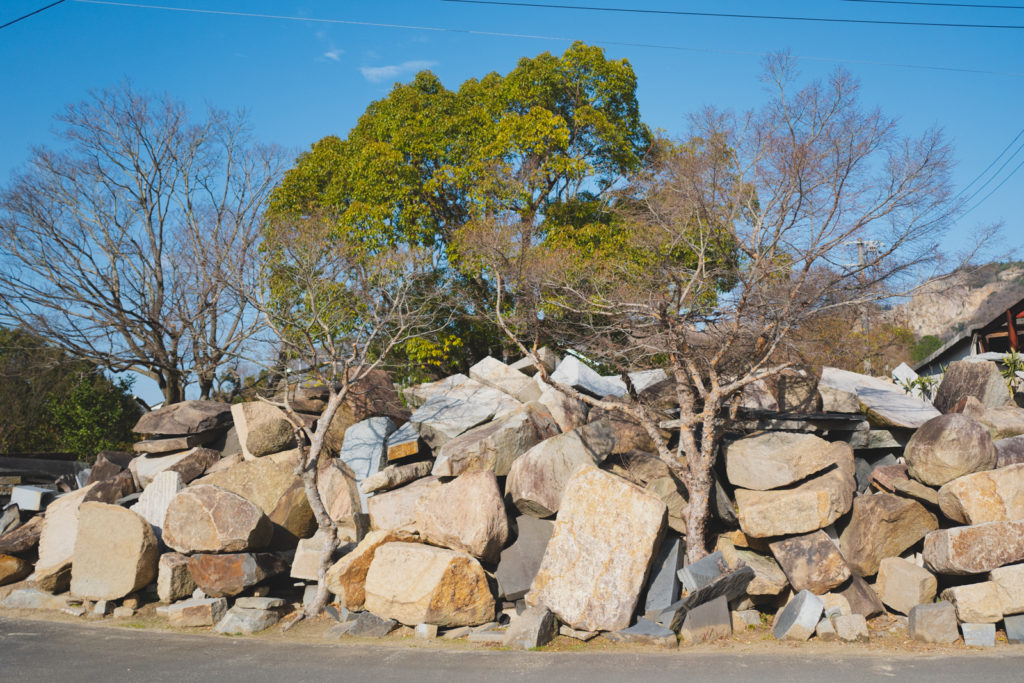
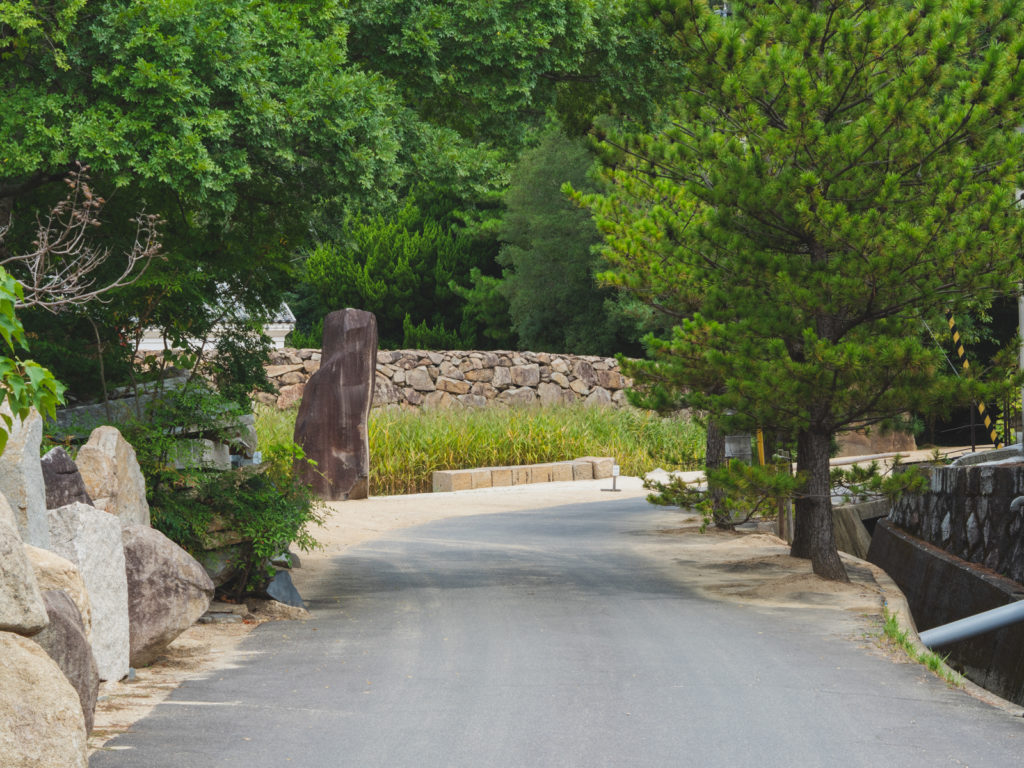
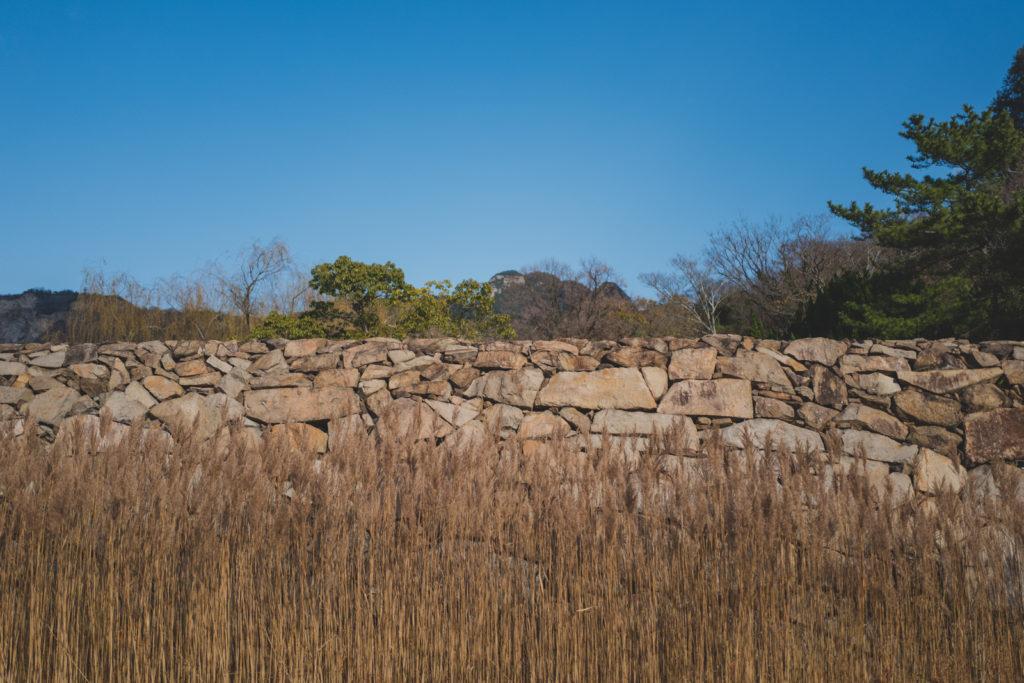
I’ve been on the Garden Museum tour before. The first visit my attention was filled with the many sculptures beautifully presented throughout. My second, on the garden; itself one huge sculpture to walk through. Peaceful, natural, perfectly designed to be just so, making use of the surrounding mountains (Gokenzan & Yashima) to extend its boundaries — a technique called shakkei (literally meaning borrowed scenery) and commonly used in the temples of Kyoto. The surrounding city somehow dissolves leaving you with the feeling of tranquillity.
On this occasion, I found myself fixated on the buildings. Standing inside his stonecutting workshop, a remodelled kura (Japanese antique storage house). Examining the tools arranged in such a manner as I myself — and perhaps any designer— might do. I quietly felt a kinship with Noguchi and his process of creation.
There are several buildings within the museum, talking to my guide I discovered they were all found someplace else and brought piece by piece —mud walls included— and reassembled here. Noguchi himself redesigning or sculpting a few key features in the process; the position of the windows, the texture & colour of the mud walls and the framing details of the beautiful doorways large enough to accommodate his stone sculptures.
“A Japanese person would never live this way,” he said. “I can do it because I am not Japanese.”
— Isamu Noguchi, Listening to Stone: The Art and Life of Isamu Noguchi, Book by Hayden Herrera
And then there is his residence, a noble eighteenth-century house, it too was brought here from afar in 1970. Again it was Tadashi Yamamoto who suggested Noguchi to rebuild this house here as his own. Not permitted to enter I peered through every doorway and window of this remastered Japanese house trying to etch every tiny element, every juxtaposed material on my brain for future reference. All distinctly Japanese, yet something more. His attention to the design details of every aspect of every corner of every sculpture, building, plant and rock held me in awe. As a designer I felt an affinity with Noguchi, but was also at a loss as to how one person could do all this — control all this?
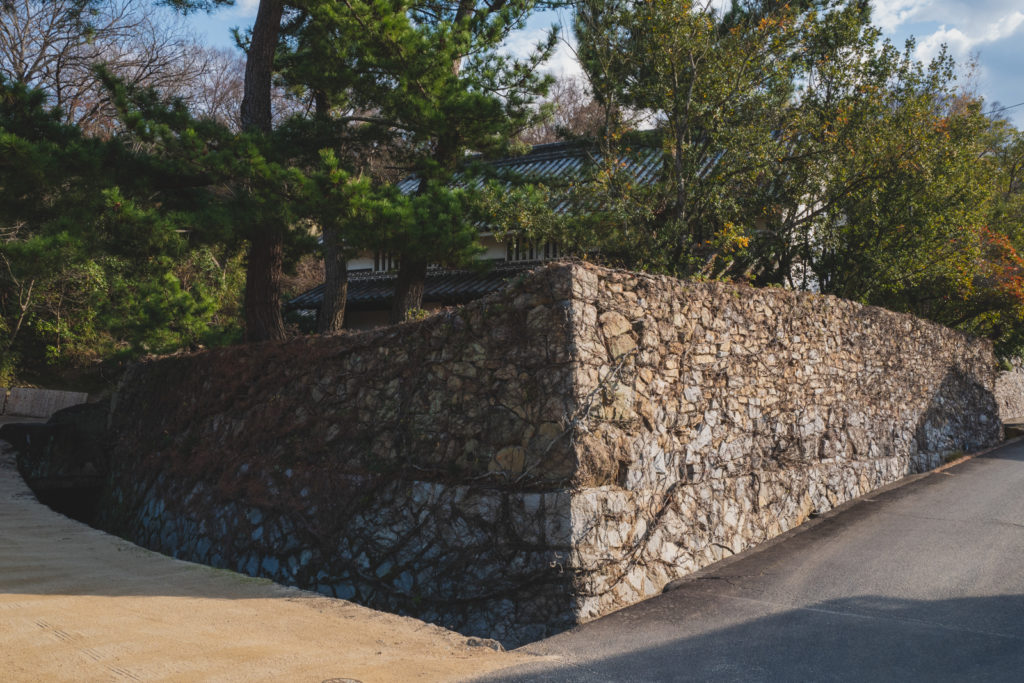
“I wanted to reach what may be defined as a way of life, a space of life, or even a ghetto closed and defended from the world.”
— Isamu Noguchi, Listening to Stone: The Art and Life of Isamu Noguchi, Book by Hayden Herrera
I pestered my guide with question after question until she became dizzy, asking about this detail and that. I learnt that although Noguchi’s aesthetic —stubborn at times— guided his creativity, he didn’t always create alone. It was only through the support and help from friends and the community that this miraculous oasis was created, and now maintained long after his death. I for one am grateful that he had such kind devotees and will undoubtedly visit again, for it is a reminder of what is possible if you stick to your artistic vision and welcome acceptance of community.
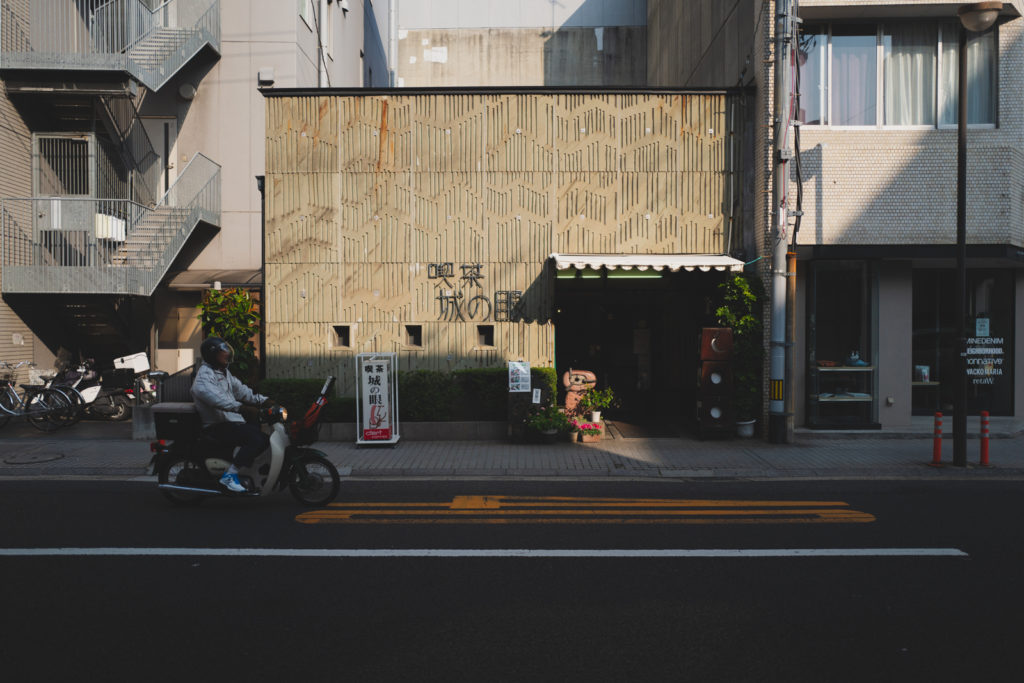
The next morning it was time for breakfast, I’d heard there was a kissa (Coffee Shop) in town frequented by Noguchi, often with visiting friends. Named Shiro No Me (Castle Eyes) and built in 1962, I was eager to see inside. Google said it opened at 8:30AM, the menu outside said AM7:00, yet the owner obviously moving to her own clock informed me it would open at 9:45AM. Just enough time to visit the Takamatsu Art Museum across the road and track down another Noguchi sculpture.
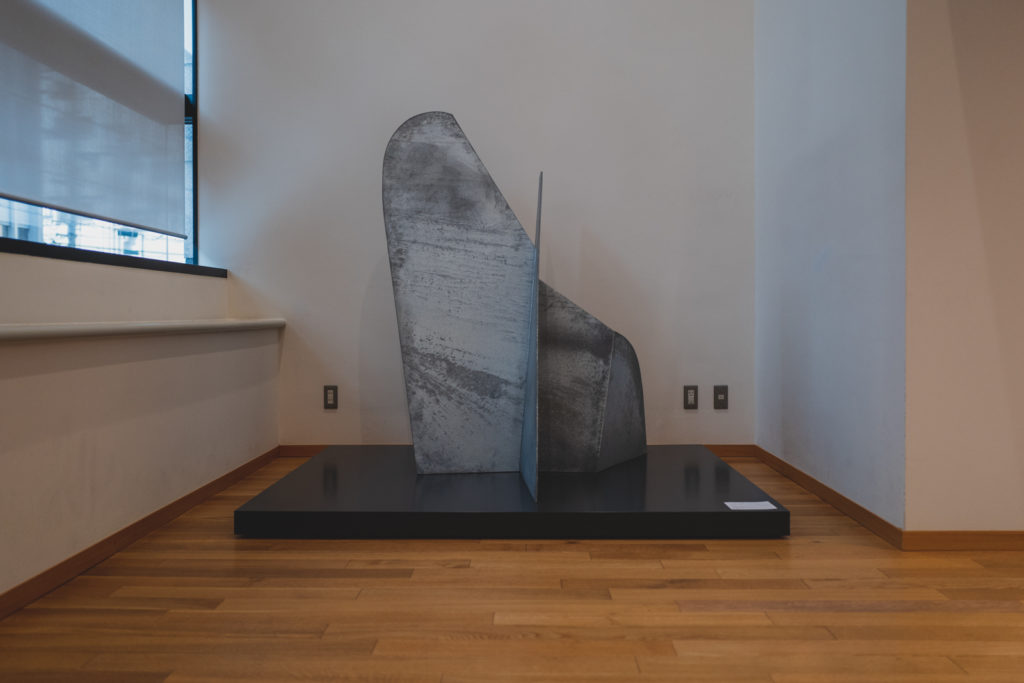
If I was going to own a coffee shop I would own this one. “Quiet this morning”, one of the two sisters told me, for I was the only customer. Serving the typical kissa menu for 60 years now, and the place looks exactly like it did when it opened, except for a blaring flatscreen TV. I ordered the Morning Set D; Fried egg, toast, salad, fruit and a cup of coffee — ¥550 (less than $5). The TV was promptly turned down when I mentioned I was writing a story about Noguchi-san. “Oh! He was charming” she said, now standing up. “Always dressed so well; often in a long collarless linen shirt and he always sat in the same seat right there.” She pointed to a seat in the exact centre of the cafe. I thought: typical Noguchi, confident, wanting to be the centre of attention.
The kissa itself was designed by Tadashi Yamamoto, yes the same Yamamoto who introduced Noguchi and Izumi. Again this cafe was a collaboration of many creative people who were drawn to Takamatsu. The interior is classic kissa and then some. Filled with low chairs and tables made of wood, framed by a stone wall and two huge stone sculpture speakers all made of Aji stone (local granite). I later learnt the speakers were designed and carved by the composer Kuniharu Akiyama and sculptor Mitsuaki Sora.
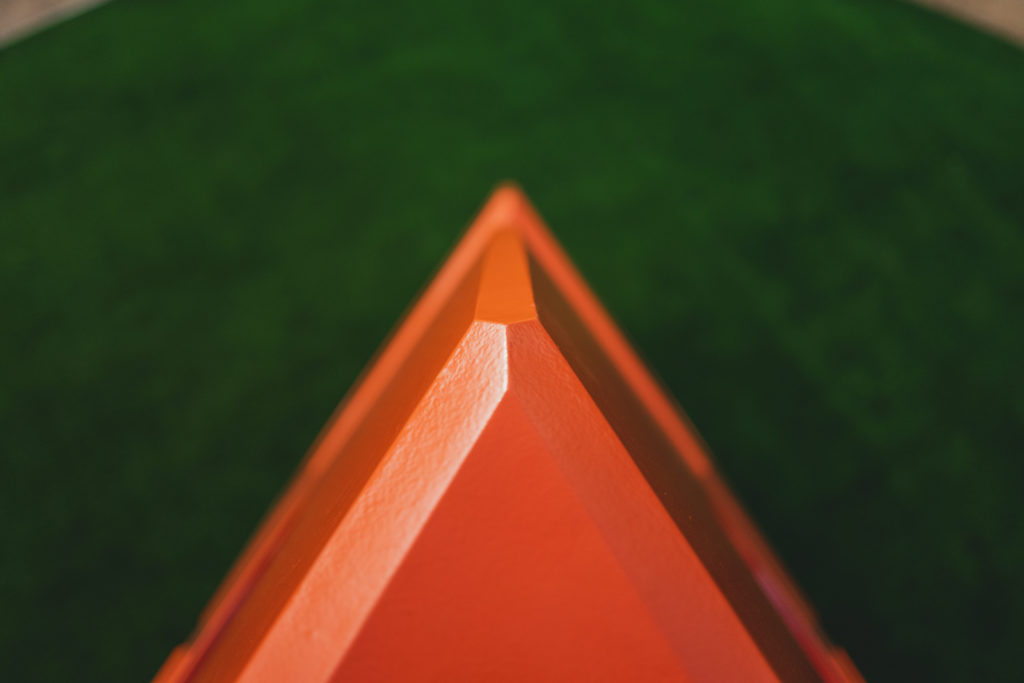
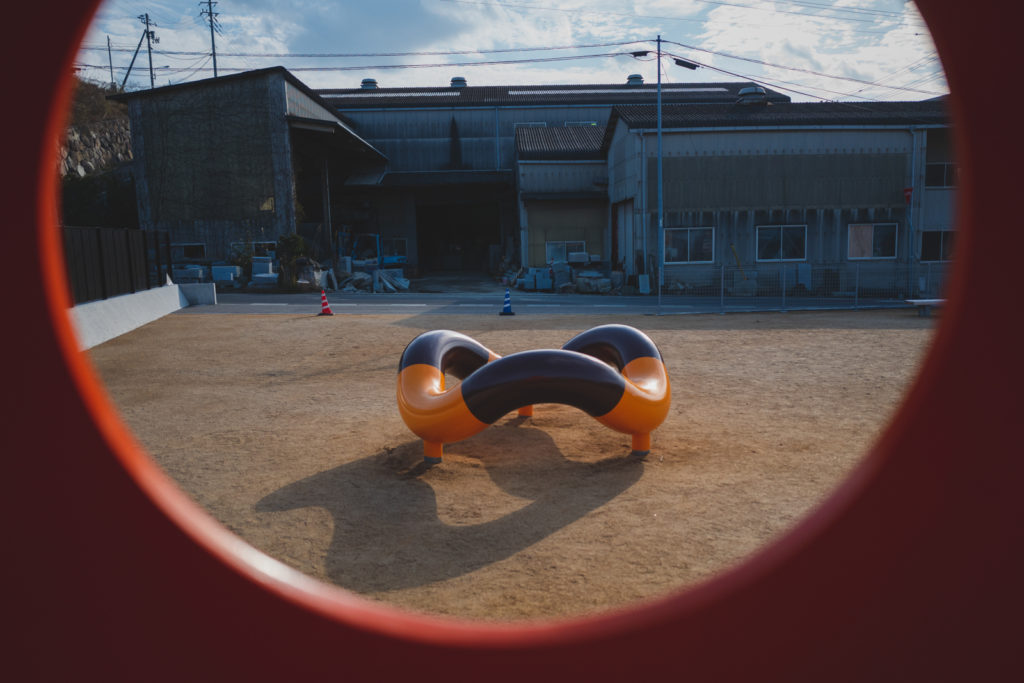
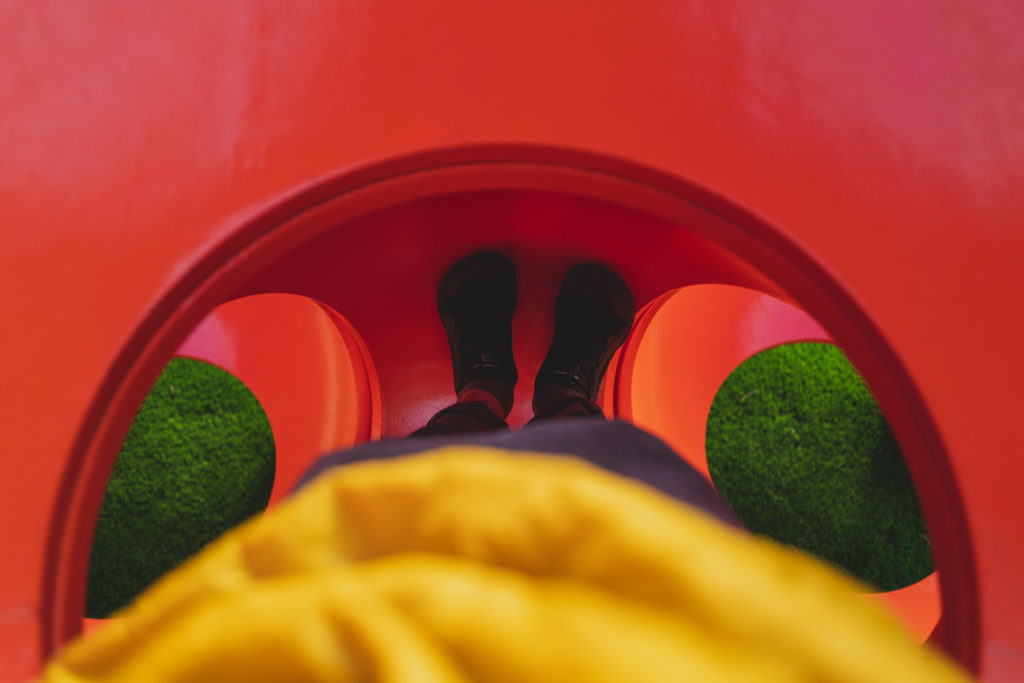
I have never seen anything like this before and I suspect a place like this will never be made again, but one can have hope. The walls, hanging tapestries, tables & chairs, light fittings, skylight, speakers, music and the two sisters thus combined, are an exquisite tribute to the active collaboration between Art & Design.
I didn’t want to leave, I wanted to ask these lovely ladies more questions, yet feeling nostalgic I dragged myself away, promising to return one day to write a story about them.
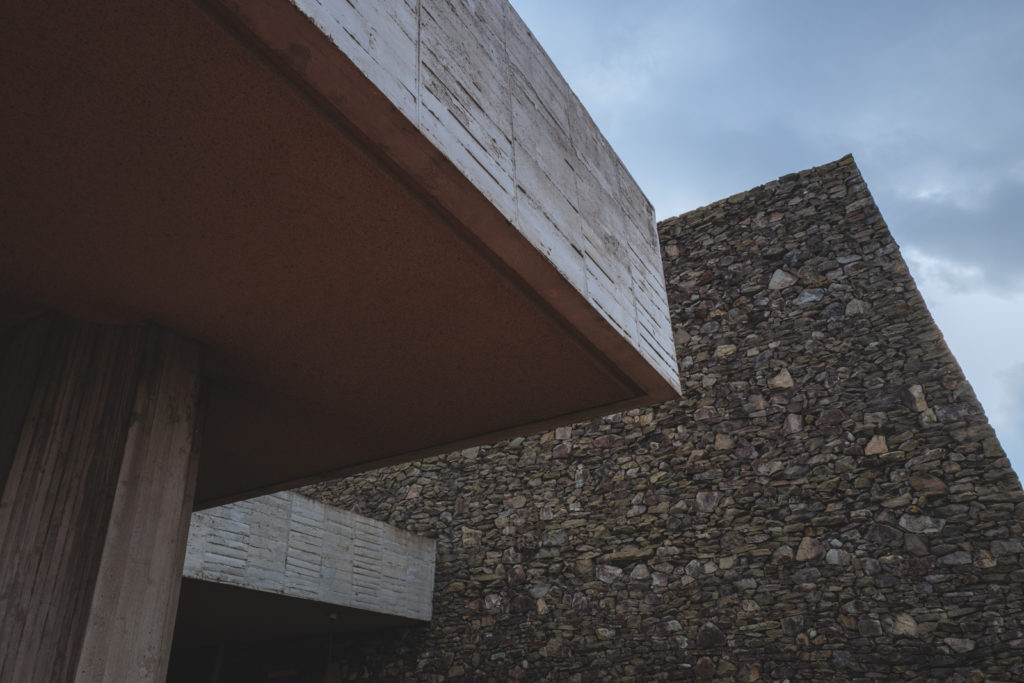
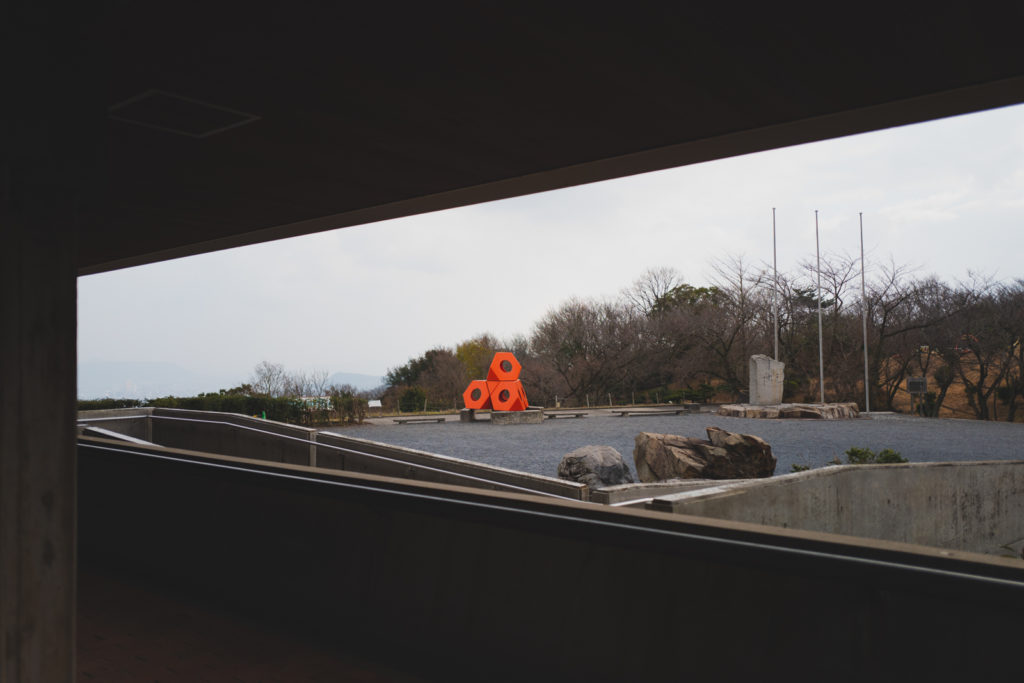
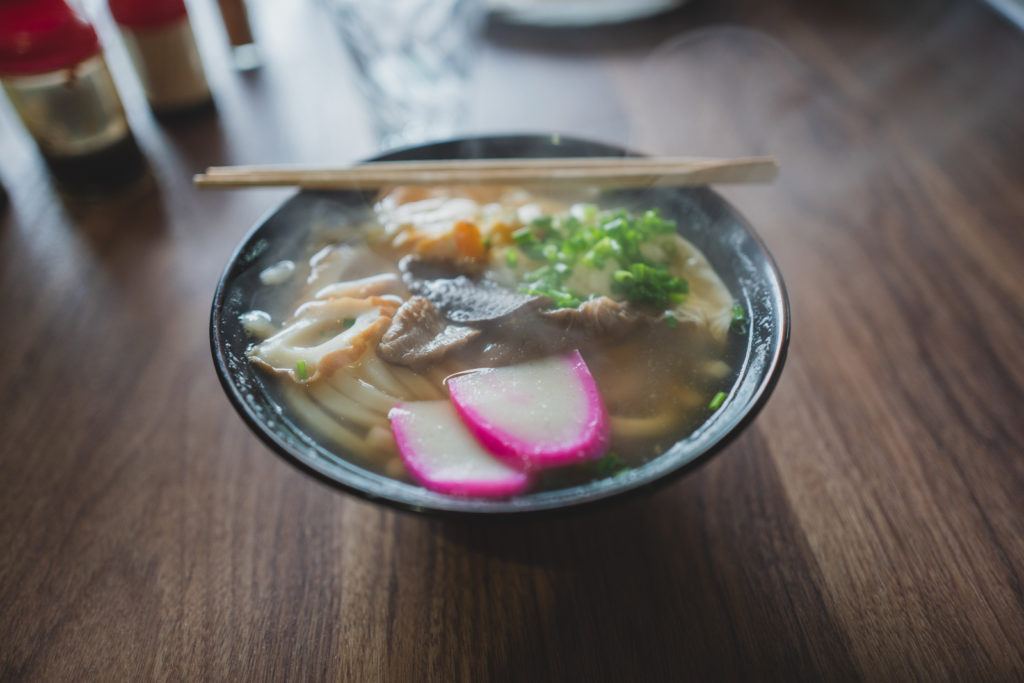
Before leaving Takamatsu I paid a visit to a few more locations of interest, too many to mention. Then as I drove home, I thought about how Noguchi would define success? I don’t think he was ever successful in convincing the art world that his Akari Light Sculptures were ever worthy of the accolade: Fine Art. I do believe he was successful in bridging the divide between cultures, the disciplines of time, and the mediums of tradition. And most importantly for me —as I looked more closely and read between the lines— he was successful in breaking our nostalgic image of the lone struggling artist. Without doubt he did struggle, yet he was also supported. For without community, trusted assistants and rich personal relationships, the genius that was Isamu Noguchi may never have been brought to light or this timeless space for life never made.
…and so it goes.
Photographs courtesy of James Gibson – © Copyright James Gibson.
Find James Gibson
Homepage: www.arukari.co











